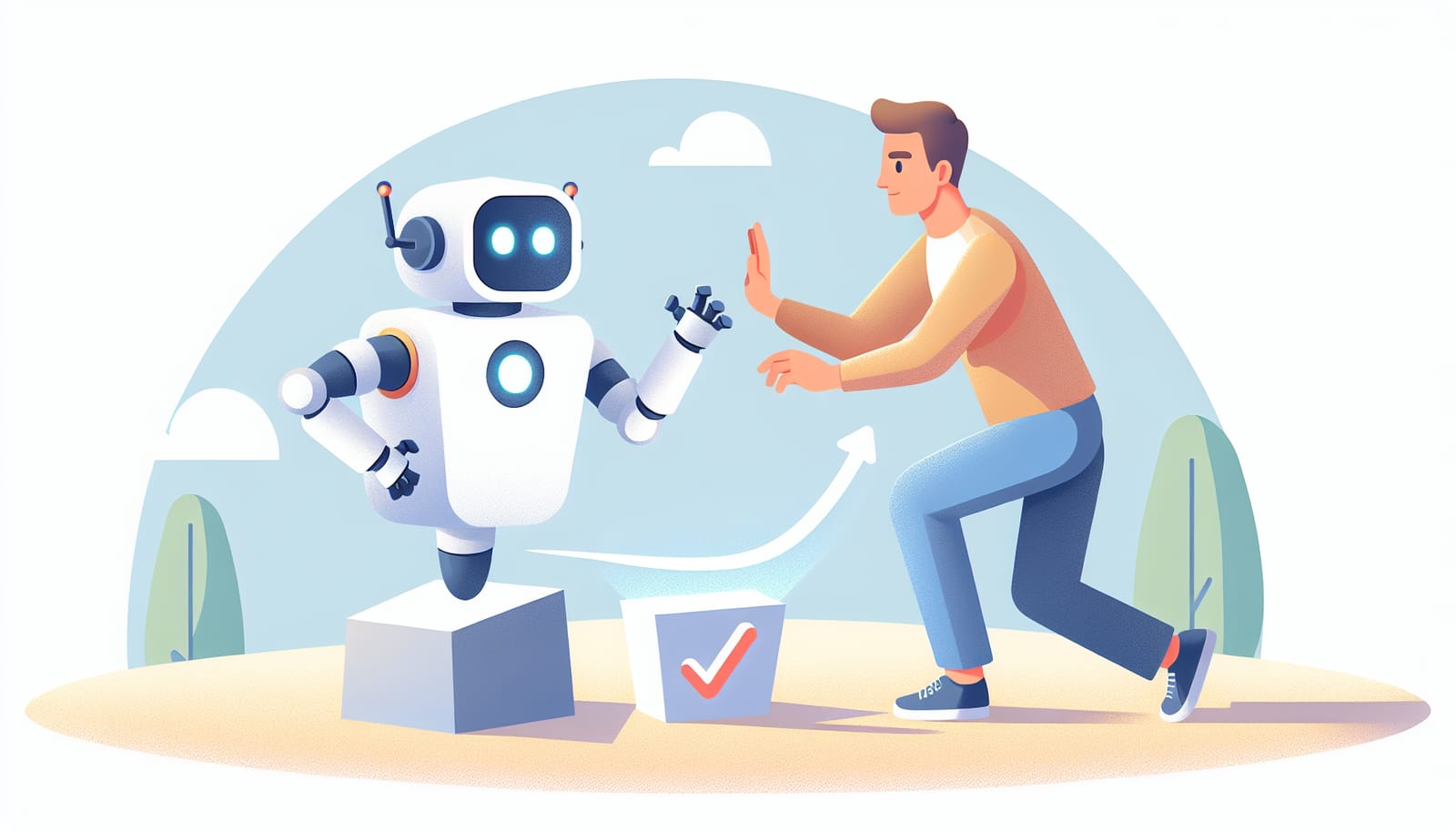Artificial Intelligence (AI) has become a buzzword in recent years, popping up in conversations, articles, and even in our daily lives. From voice assistants like Siri and Alexa to chatbots on websites, AI is everywhere! But despite its impressive capabilities, AI still struggles with something that seems easy for humans: following simple instructions. Let’s dive into why this happens and what it means for the future of AI.
What is AI, Anyway?
Before we explore why AI gets confused, let’s clarify what AI is. At its core, AI is a technology that allows machines to learn from data and perform tasks that typically require human intelligence. These tasks can range from recognizing faces in photos to playing chess at a grandmaster level. However, AI doesn’t think or understand like humans do; it processes information based on patterns and data it has seen before.
Imagine teaching a dog a trick. If you only show it once or twice, it might not get it right away. But with practice and repetition, it starts to understand what you want. AI works similarly, but sometimes it can misinterpret instructions, leading to amusing or confusing outcomes.
The Challenge of Language
One major reason AI gets confused is the complexity of human language. We often use phrases, idioms, or even jokes that don’t translate well into the simple logic that AI understands. For example, if you tell an AI to “kick the bucket,” it might think you want it to literally kick a bucket instead of understanding that it refers to dying.
Language is filled with nuances, and AI struggles to grasp those subtleties. Even a simple instruction can lead to misunderstandings because AI analyzes words based on context and data it has been fed.
Data, Data, and More Data
AI relies heavily on data. The more data an AI system has, the better it can make decisions. However, the quality of that data matters just as much. If the data is biased or incomplete, the AI can learn incorrect associations.
For instance, if an AI is trained on images that mostly feature cats but rarely includes dogs, it might get confused if you ask it to identify a dog. This limitation is because the AI hasn’t had enough examples to learn from. It’s like trying to recognize a new type of fruit you’ve never seen before. Without a reference, it can be quite challenging!
Instructions and Interpretation
Another reason AI gets confused is that it interprets instructions literally. When a human gives a command, we consider tone, context, and body language. But AI doesn’t have that luxury. It processes instructions based on the words used without understanding the bigger picture.
For example, if you ask a voice assistant to “play the song on my playlist,” it might play a random song instead of the one you had in mind. This happens because the AI is focusing on the keywords “play” and “song,” missing the nuance of your intent.
To make instructions clearer for AI, try to be as specific as possible. Instead of saying “play the song,” you could say “play ‘Shape of You’ from my Favorites playlist.” This reduces the chances of miscommunication.
The Importance of Context
Humans are naturally good at reading context. We understand that certain words can have different meanings depending on the situation. AI, however, struggles with this concept. For instance, the word “bat” can refer to a flying mammal or a piece of sports equipment. Without additional context, the AI may not know which one you mean.
To help AI better understand context, developers are working on improving natural language processing (NLP) technologies. NLP seeks to equip AI with better tools to comprehend human language nuances. This area of research is evolving rapidly and holds great promise for the future!
The Bright Side of AI Confusion
While it might be easy to point out AI’s shortcomings, it’s crucial to remember that we are in the early stages of this technology. AI’s confusion can lead to mistakes, but it also opens up opportunities for improvement and innovation. Each misunderstanding helps researchers learn more about how to refine AI systems.
For example, when a voice assistant misinterprets a command, developers can analyze the mistake and adjust the algorithms to improve performance. This iterative process is how technology advances. Each error is a chance for growth!
The Future of AI: Learning from Mistakes
As AI continues to evolve, it will become better at processing language and understanding context. Researchers are developing techniques to help AI systems learn from their mistakes, making them more effective and efficient.
Imagine a future where you can have a conversation with AI just as you would with a friend, and it understands all your jokes and nuances! While we may not be there yet, the possibilities are exciting.
Wrapping Up: Embracing the Journey
AI may still get confused by simple instructions, but that doesn’t diminish its potential or the exciting future ahead. By understanding how AI thinks, we can improve our communication with it and help it learn and grow.
So, the next time you encounter an AI that doesn’t quite get what you mean, remember: it’s just like teaching a puppy a new trick. With patience, practice, and a little guidance, we can help it understand better. Together, we are on a journey to unlock the full potential of AI, and that journey is just beginning!
Whether you’re a tech enthusiast or just curious about the world of AI, keep exploring, asking questions, and learning. The more we understand AI, the better we can work with it to create a brighter future for everyone!
By breaking down the complexities of AI and its challenges, we can foster a more informed and engaged community. Share your experiences with AI, and let’s continue the conversation on how we can improve this fascinating technology together!


